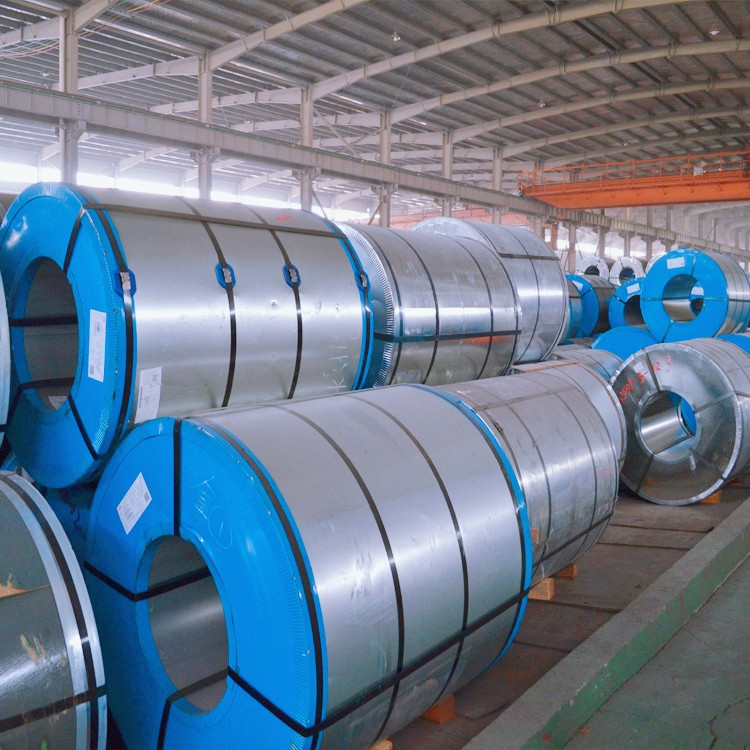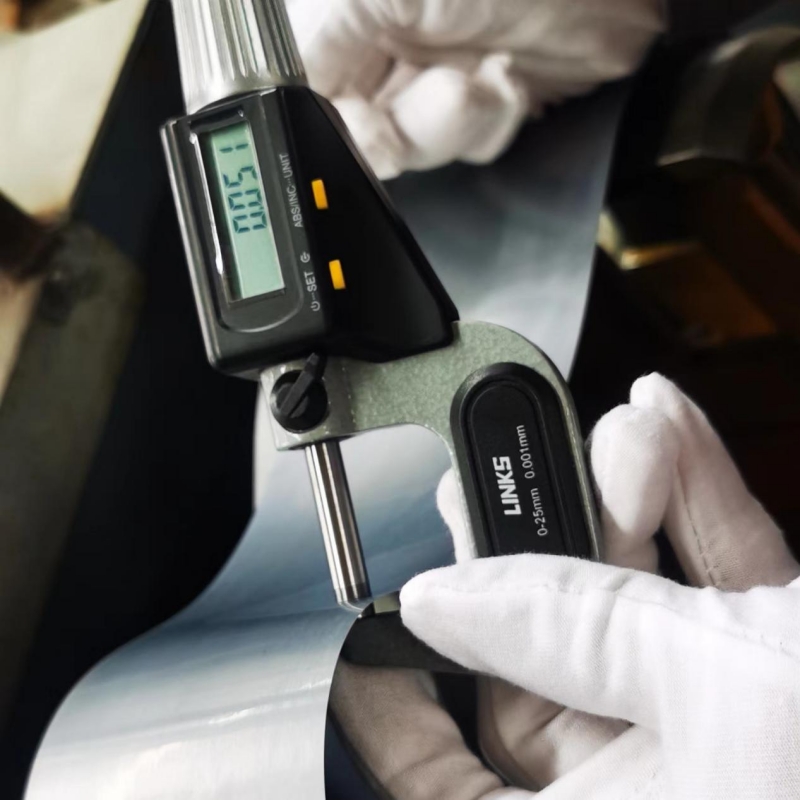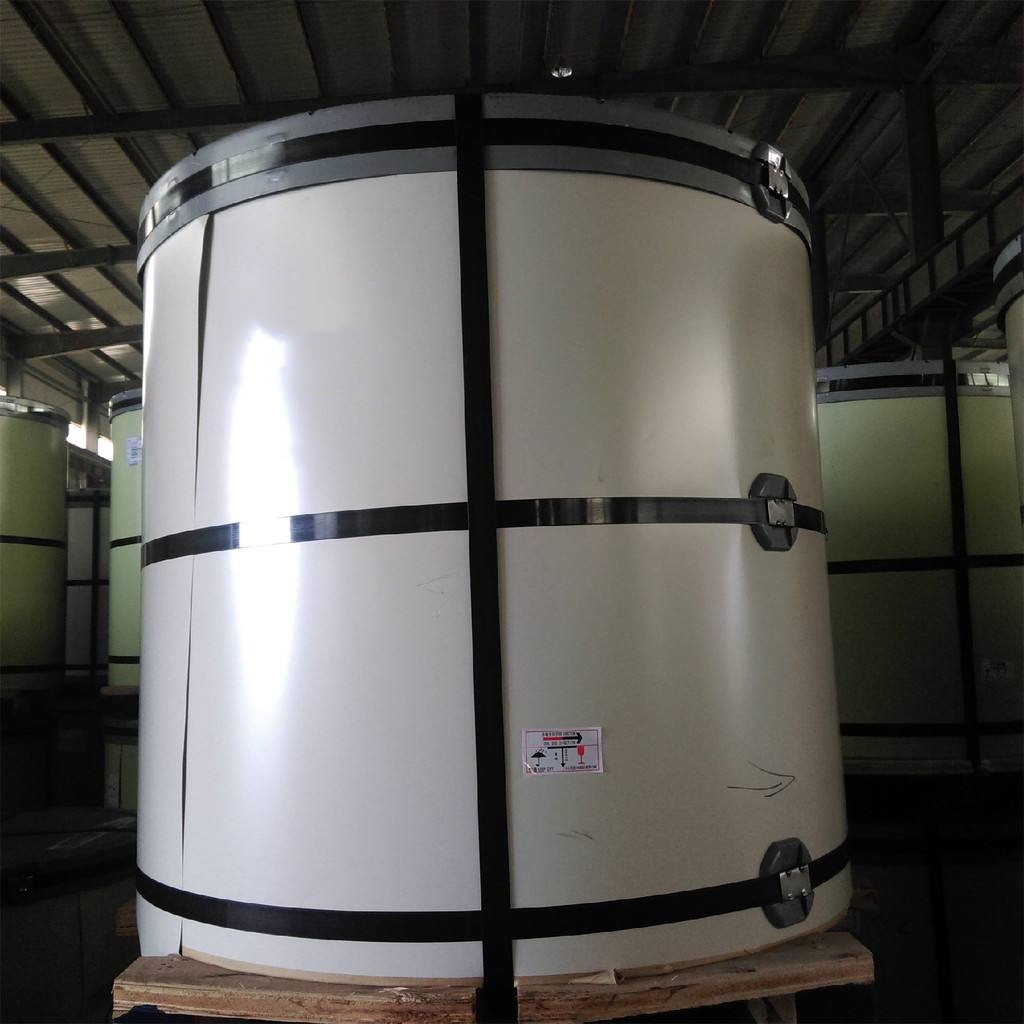Thin gauge silicon steel, also known as electrical steel or silicon electrical steel, is a specialized type of steel that is widely used in the electrical industry. These strips are made by cold-rolling silicon steel sheets to achieve a specific thickness, typically ranging from 0.1mm to 0.35mm. It is primarily used to manufacture transformer cores and other electrical equipment due to its unique magnetic properties.Thin gauge silicon steel is a ferromagnetic material that contains a high percentage of silicon. The addition of silicon to the steel enhances its electrical and magnetic properties. The silicon content in thin gauge silicon steel can range from 2% to 4.5%.
Producing a good core with thin gauge silicon steel involves several steps. First, the steel is processed through a series of annealing and cold rolling processes to refine its grain structure, resulting in improved magnetic properties.These sheets are then cut into the desired shape and stacked to form the core. The stacking arrangement, known as lamination, is essential to minimize eddy current losses. The laminated core is then insulated to further reduce losses and improve performance. Proper insulation techniques and materials are critical to ensure the core's integrity and prevent energy losses.The final step involves cutting and shaping the steel into the desired core shape, which can vary depending on the application requirements.







